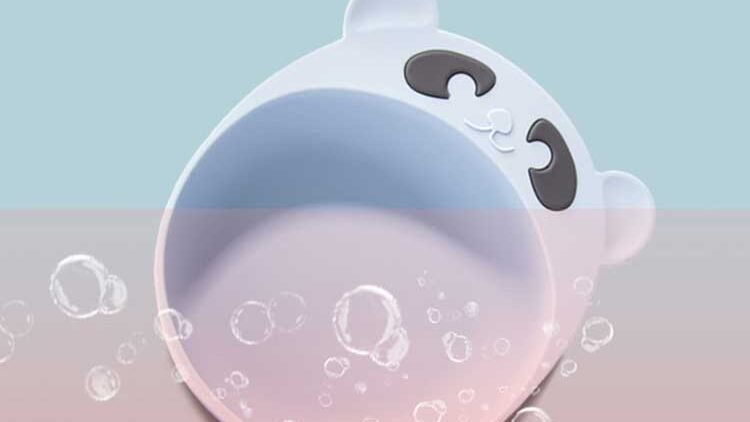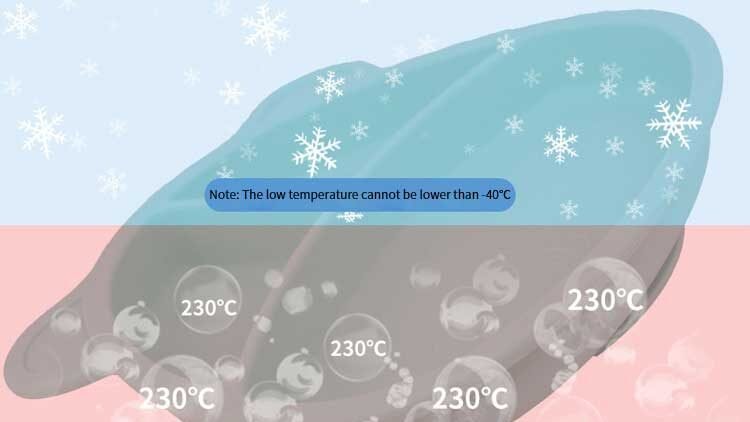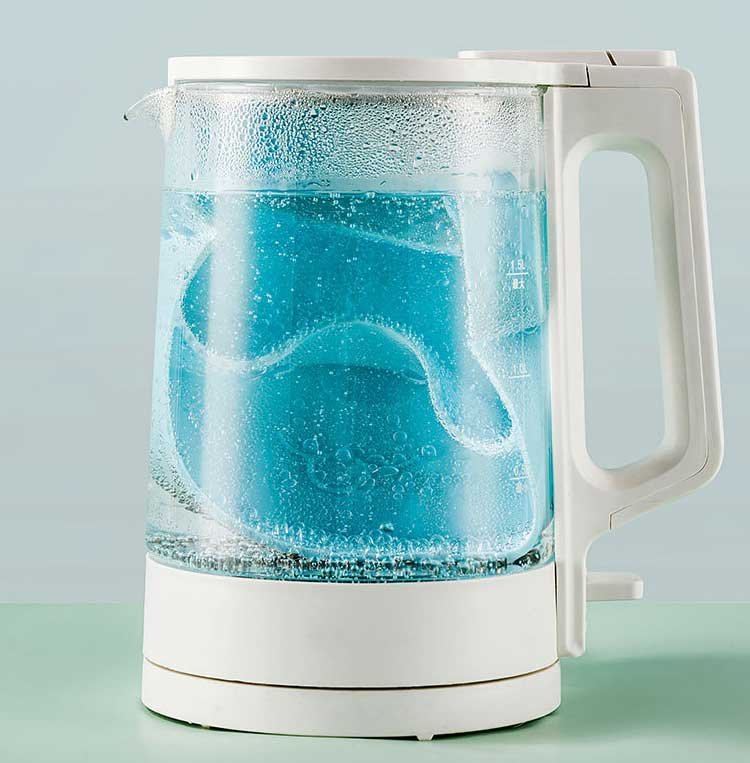Have you ever found yourself in a sticky situation with your silicone products? If so, you’re not alone. Silicone is an incredibly versatile material, known for its durability, flexibility, and heat resistance. It’s widely used in a range of products, from kitchenware to personal care items. But one question that often puzzles users is how to clean these handy, yet sometimes stubborn, silicone items. In this article, we’ll dive into the world of silicone cleaning, exploring different methods for various products, and providing you with a comprehensive guide on how to keep your silicone items squeaky clean.
The Basics: Cleaning Silicone Products
Before we dive into the specifics, let’s get the basics out of the way. Here’s a general step-by-step guide to cleaning silicone products:
- Rinse with water: Begin by rinsing the silicone item under warm water. This will help remove any loose debris or residue.
- Apply soap: Use a gentle dish soap or mild detergent and apply it directly onto the silicone surface. Avoid using harsh chemicals, as they can damage the silicone material.
- Scrub gently: Use a soft cloth, sponge, or soft-bristled brush to scrub the silicone item, focusing on any areas with built-up residue or stubborn stains.
- Rinse thoroughly: Rinse the item thoroughly under warm water, making sure to remove all soap residue.
- Dry completely: Pat the silicone item dry with a clean towel or allow it to air dry. Make sure the item is completely dry before using or storing it.
Now that we’ve covered the general steps, let’s get into the nitty-gritty of cleaning different silicone products.

Cleaning Silicone Kitchenware
From silicone baking mats to spatulas and ice cube trays, silicone kitchenware is incredibly popular due to its non-stick properties and heat resistance. Here’s how to clean your silicone kitchen items:
- Pre-treat stains: If your silicone baking mat or muffin cups have stubborn stains, sprinkle some baking soda on the affected areas and let it sit for a few minutes.
- Scrub with a soft brush: Use a soft-bristled brush or a silicone scrubber to gently scrub the baking soda into the stains. Be careful not to scratch the surface.
- Rinse and dry: Rinse the item thoroughly under warm water and dry it completely before using or storing it.
Pro tip: If you’re dealing with stubborn odors on your silicone kitchenware, soak the items in a mixture of equal parts water and white vinegar for 30 minutes before cleaning.
Cleaning Silicone Personal Care Items
Silicone personal care products, like menstrual cups and facial cleansing brushes, require a bit more attention and care when cleaning. Here’s how to clean your silicone personal care items:
- Sterilize with boiling water: For items like menstrual cups, start by boiling them in water for 5-10 minutes to sterilize them. Let the item cool before handling it.
- Wash with gentle soap: Use a mild, fragrance-free soap to clean the silicone item, paying close attention to any grooves or ridges.
- Rinse and dry: Rinse the item thoroughly under warm water and dry it completely before using or storing it.
Note: When cleaning silicone facial cleansing brushes, make sure to replace the brush head every three months to maintain optimal hygiene.

Cleaning Silicone Baby Items
Silicone baby items, like pacifiers and teething toys, require extra care to ensure they’re safe for your little one. Here’s how to clean your silicone baby items:
- Sterilize regularly: It’s important to sterilize silicone baby items regularly, especially when they’re new or have been dropped on the floor. To do this, simply boil the items in water for 5-10 minutes, then let them cool before handling.
- Wash with baby-safe soap: Use a mild, fragrance-free soap specifically designed for baby items to clean the silicone. Be sure to clean any grooves, ridges, or small openings where bacteria could hide.
- Rinse and dry: Rinse the items thoroughly under warm water, making sure to remove all soap residue. Pat them dry with a clean towel or allow them to air dry completely before using or storing them.
Pro tip: To keep silicone baby items fresh and germ-free, consider using a UV sterilizer in addition to regular cleaning. UV sterilizers can kill bacteria and viruses without the need for boiling or chemicals.
Cleaning Silicone Electronics Accessories
Silicone cases and covers for phones, tablets, and other electronics are popular for their durability and shock absorption. Here’s how to clean your silicone electronics accessories:
- Remove the silicone case: Carefully remove the silicone case or cover from your device.
- Wipe with a damp cloth: Using a soft cloth dampened with water and a few drops of mild dish soap, gently wipe the silicone surface. Be sure to clean any grooves or ridges where dirt and debris could be trapped.
- Rinse and dry: Rinse the case thoroughly under warm water, making sure to remove all soap residue. Pat the case dry with a clean towel or allow it to air dry completely before putting it back on your device.
Note: Be cautious when cleaning silicone cases with printed designs or patterns, as harsh scrubbing or chemicals could damage the design.
Cleaning Silicone Fitness Gear
Silicone fitness gear, such as watch bands and resistance bands, can get sweaty and dirty during use. Here’s how to clean your silicone fitness items:
- Wipe with a damp cloth: After each use, wipe your silicone watch band or resistance band with a soft cloth dampened with water and a few drops of mild dish soap. This will help remove sweat, dirt, and body oils.
- Rinse and dry: Rinse the item thoroughly under warm water and pat it dry with a clean towel or allow it to air dry completely before using or storing it.
- Deep clean as needed: If your silicone fitness gear starts to develop an odor or becomes discolored, soak it in a mixture of equal parts water and white vinegar for 30 minutes, then follow the cleaning steps outlined above.
In conclusion, silicone products are incredibly versatile and durable, but they require proper care and cleaning to maintain their functionality and longevity. By following the step-by-step guides provided in this article, you can ensure your silicone items stay clean and in tip-top shape. Remember, always use gentle cleaning methods and mild soaps to protect your silicone products and keep them looking and functioning their best. Happy cleaning!

Frequently Asked Questions
Here are some frequently asked questions and answers about cleaning silicone products:
Q: What is the best thing to clean silicone with?
A: The best thing to clean silicone with is a mild dish soap or gentle detergent combined with warm water. Using a soft cloth, sponge, or soft-bristled brush can help remove dirt, grime, and stains without damaging the silicone material.
Q: What is the trick to clean silicone?
A: The trick to cleaning silicone effectively is to be gentle and use the appropriate cleaning method for the specific silicone product. Avoid using harsh chemicals or abrasive scrubbers, as they can damage the silicone material. For stubborn stains, using baking soda or soaking the item in a mixture of equal parts water and white vinegar can help.
Q: Can you use rubbing alcohol to clean silicone?
A: Rubbing alcohol can be used to clean silicone in some cases, but it’s essential to do a spot test on a small, inconspicuous area first. While rubbing alcohol can effectively remove dirt and residue, it may cause discoloration or damage to some silicone materials. Always use caution and follow the manufacturer’s recommendations for cleaning silicone products.
Q: Does vinegar destroy silicone?
A: Vinegar does not typically destroy silicone. In fact, a solution of equal parts water and white vinegar can be an effective and gentle cleaning solution for silicone products. However, it’s always best to follow the manufacturer’s recommendations for cleaning your specific silicone item.
Q: Can you use hydrogen peroxide to clean silicone?
A: Hydrogen peroxide can be used to clean silicone in some cases, but it’s important to follow the manufacturer’s recommendations and test on a small, inconspicuous area first. Hydrogen peroxide can help remove stains and kill bacteria, but it may cause discoloration or damage to some silicone materials.
Q: Does isopropyl alcohol damage silicone?
A: Isopropyl alcohol, like rubbing alcohol, can potentially damage silicone if used improperly. It’s important to follow the manufacturer’s recommendations for cleaning your specific silicone item and test the alcohol on a small, inconspicuous area first.
Q: Can I use Windex to clean silicone?
A: It’s not recommended to use Windex or other glass cleaners on silicone products, as they may contain ammonia or other chemicals that can damage the silicone material. Instead, stick to mild dish soap or gentle detergents combined with warm water for cleaning silicone items.
Q: What solvents are safe for cleaning silicone?
A: In general, it’s best to avoid using harsh solvents or chemicals on silicone products. Stick to mild cleaning solutions, such as gentle dish soap, detergent, or a mixture of equal parts water and white vinegar. Always follow the manufacturer’s recommendations for cleaning your specific silicone item.
Q: Is silicone dishwasher safe?
A: Most silicone kitchenware and products are dishwasher-safe, making them easy to clean and maintain. However, it’s important to always check the manufacturer’s recommendations and instructions for your specific silicone item. Some silicone products may require special care or placement in the dishwasher, such as placing them on the top rack to avoid direct exposure to high heat or powerful water jets. When in doubt, consult the product’s packaging or the manufacturer’s website for guidance on dishwasher safety.
Related: